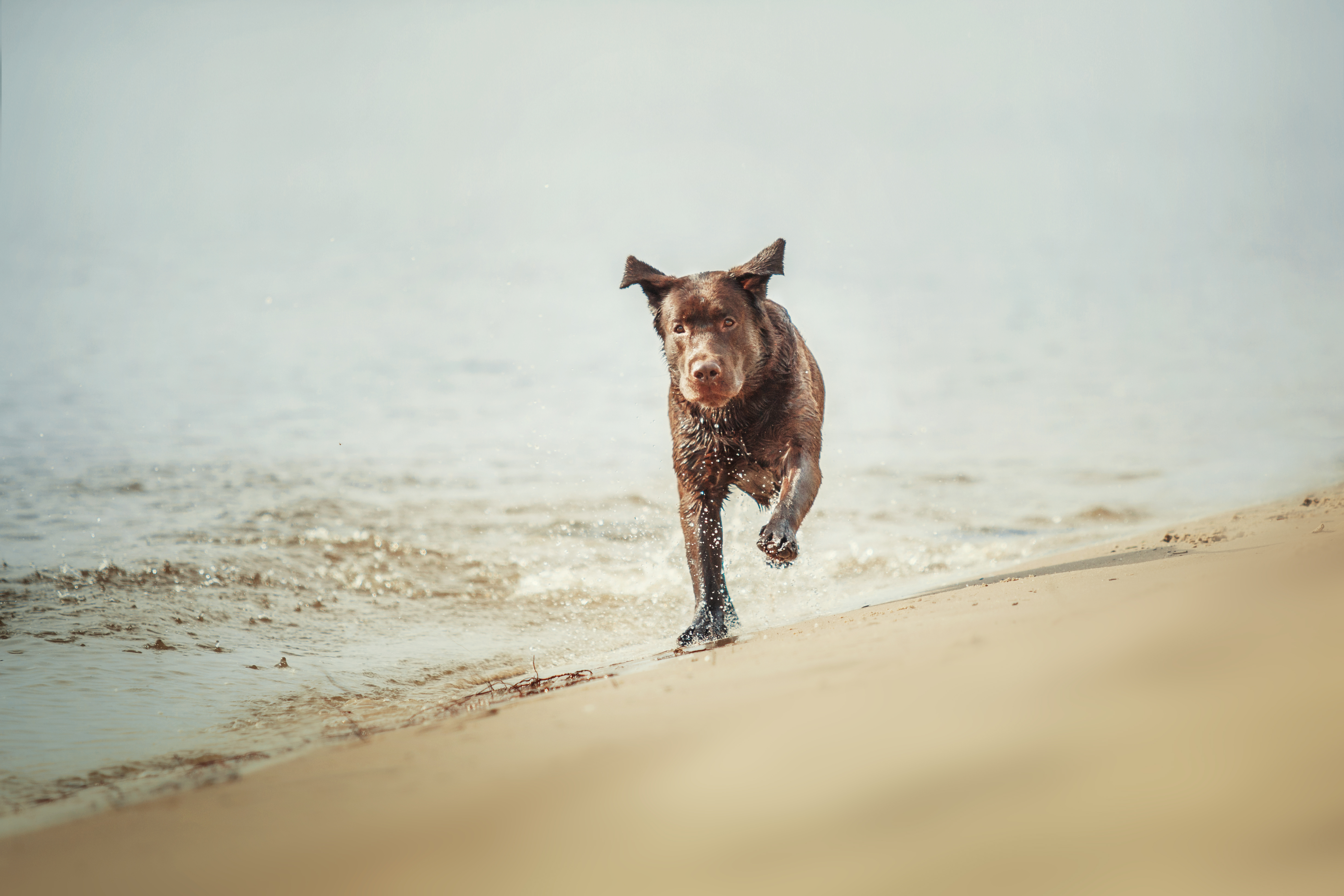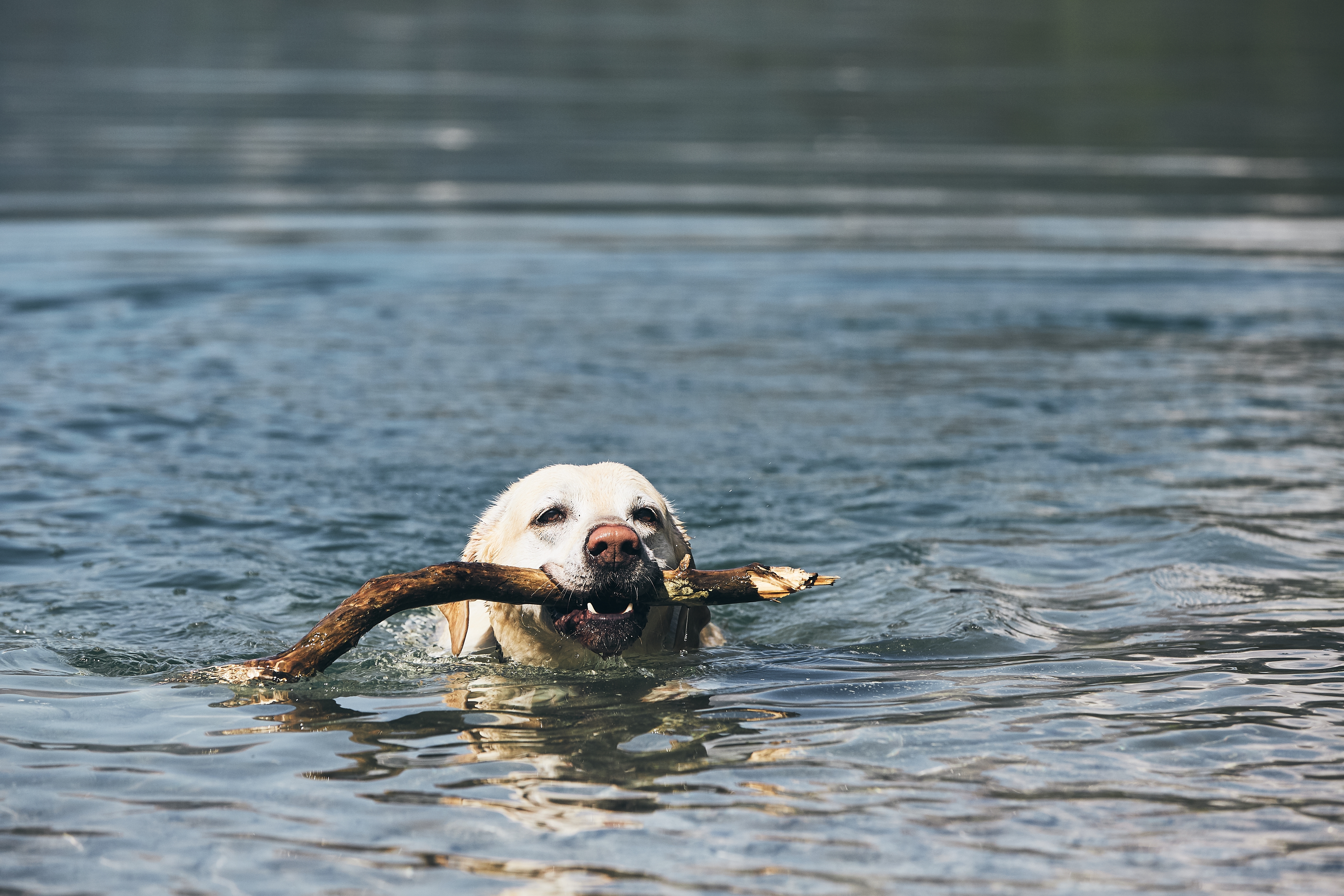10 Remarkable Things You Didn’t Know About Labrador Retrievers
Labrador Retrievers, often simply referred to as Labs, are among the most beloved dog breeds worldwide. Their popularity is not just a modern phenomenon; it has deep roots that stretch back into history. Known for their friendly nature, intelligence, and adaptability, Labs have become a quintessential part of many families. The Labrador Retriever's charm lies in its versatility. Whether serving as a loyal family pet, a diligent working dog, or a competitive athlete in dog sports, they excel in various roles. Their history is as rich as it is fascinating, with origins that trace back to the icy shores of Newfoundland, Canada. From their early days as fishermen's companions to their current status as one of the most popular breeds in the world, Labs have a story worth exploring. This introduction sets the stage for a deep dive into 10 fun facts about Labrador Retrievers that you may have never expected.
1. The Unexpected Origins of the Labrador Retriever

Contrary to what their name might suggest, Labrador Retrievers did not originate from the Labrador region but rather from Newfoundland, an island off the eastern coast of Canada. In the early 19th century, these dogs were known as St. John's dogs or Lesser Newfoundland dogs. They were bred by local fishermen to assist in retrieving fish that escaped from hooks and nets, showcasing their natural affinity for water and retrieving tasks. The breed's journey from Newfoundland to England in the early 1800s marked the beginning of their transformation into the Labrador Retrievers we know today. English nobles, impressed by their retrieving skills and temperament, began breeding them, refining their characteristics to enhance their abilities as hunting companions. This cross-continental journey is a testament to the breed's adaptability and appeal, setting the foundation for their global popularity.
2. The Water-Loving Nature of Labs

Labrador Retrievers have a natural affinity for water, a trait that is deeply embedded in their history. Their ancestors were bred to work alongside fishermen, retrieving fish from the cold Atlantic waters. This historical role has ingrained a love for water in the breed, making them exceptional swimmers. Their webbed feet, a unique physical trait, enhance their swimming capabilities, allowing them to move efficiently through water. This love for water is not just a historical relic but a trait that continues to be seen in modern Labs. Whether it's splashing in a backyard pool or diving into a lake, Labs exhibit an undeniable joy when around water. Their water-repellent double coat further aids in their swimming, keeping them warm and dry even in cold conditions. This natural swimming ability has also made them excellent candidates for various water-related activities and competitions, further showcasing their versatility.
3. The Labrador's Coat of Many Colors

While many people associate Labrador Retrievers with their classic yellow coat, they actually come in three primary colors: black, yellow, and chocolate. Each color has its own unique appeal and history within the breed. Black Labs were the first to gain popularity due to their association with hunting and fieldwork, where their dark coats provided excellent camouflage. Yellow Labs gained popularity later, often associated with the image of the quintessential family pet. Their lighter coat is a result of selective breeding, which also brought about variations in shades, from pale cream to fox red. Chocolate Labs, once considered less desirable, have now become a favorite for many due to their distinct and rich color. Each color variation adds to the breed's charm, offering a choice for prospective owners based on personal preference without affecting the dog's temperament or abilities.
4. The Intelligence and Trainability of Labs

Labrador Retrievers are renowned for their intelligence and trainability, ranking high among dog breeds in terms of cognitive abilities. This intelligence is one of the reasons they are favored as service dogs, search and rescue dogs, and in various other working roles. Their ability to learn commands quickly and execute tasks efficiently makes them ideal for roles that require precision and reliability. Training a Labrador is often a rewarding experience due to their eagerness to please and natural curiosity. Positive reinforcement techniques work exceptionally well with Labs, as they respond enthusiastically to praise and rewards. This trainability is not only beneficial for working roles but also makes them excellent companions in a family setting, where they can learn household rules and routines with ease. Their intelligence, coupled with their friendly disposition, makes them a joy to train and live with.
5. The Labrador's Role in Service and Therapy

Labrador Retrievers have carved a niche for themselves in the world of service and therapy dogs. Their gentle nature, intelligence, and trainability make them ideal candidates for assisting individuals with disabilities. From guiding the visually impaired to providing emotional support, Labs excel in roles that require patience, empathy, and reliability. Therapy Labs are often found in hospitals, nursing homes, and schools, where their presence provides comfort and reduces stress. Their ability to sense human emotions and respond appropriately is remarkable, making them invaluable in therapeutic settings. The rigorous training they undergo equips them with the skills needed to perform complex tasks, enhancing the quality of life for those they assist. This role as service and therapy dogs highlights the Labrador's adaptability and the profound impact they have on human lives.
6. The Labrador's Athletic Prowess

Labrador Retrievers are not just intelligent and trainable; they are also incredibly athletic. Their physical prowess is evident in their participation in various dog sports, including agility, obedience, and field trials. Labs have a strong build, with muscular bodies and powerful legs that enable them to excel in activities that require stamina and strength. Their athleticism is complemented by their playful and energetic nature, making them excellent companions for active individuals and families. Whether it's a game of fetch, a long run, or a swim, Labs thrive on physical activity. This need for exercise is an important consideration for potential owners, as it ensures the dog's physical and mental well-being. The Labrador's athletic abilities are a testament to their versatility and contribute to their enduring popularity.
7.The Labrador's Heartwarming Loyalty

Loyalty is a hallmark of the Labrador Retriever's character. Their devotion to their human companions is legendary, earning them a reputation as one of the most loyal dog breeds. This loyalty is not just a result of their friendly nature but also their deep emotional connection with their families. Labs form strong bonds with their owners, often displaying protective behaviors and a desire to be close to their loved ones. This loyalty extends to all family members, making them excellent companions for children and adults alike. Their eagerness to please and unwavering devotion make them reliable and trustworthy, qualities that are cherished by dog owners. The Labrador's loyalty is a defining trait that contributes to their role as beloved family pets.
8. The Labrador's Role in Popular Culture

Labrador Retrievers have made their mark in popular culture, appearing in movies, books, and television shows. Their friendly and relatable nature makes them ideal characters in stories, often portraying the role of the loyal and heroic companion. Movies like "Marley & Me" and "Old Yeller" have cemented the Labrador's place in cinematic history, showcasing their charm and emotional depth. In literature, Labs are often depicted as the quintessential family dog, embodying the qualities of loyalty, intelligence, and playfulness. Their presence in popular culture reflects their widespread appeal and the deep connection people have with this breed. The Labrador's role in media and entertainment highlights their universal charm and the joy they bring to people's lives.
9. The Labrador's Health and Longevity

Labrador Retrievers are generally healthy dogs, but like all breeds, they are prone to certain health issues. Common concerns include hip and elbow dysplasia, obesity, and eye conditions. Responsible breeding practices and regular veterinary care are essential in maintaining the health and longevity of Labs. Obesity is a significant concern for Labradors, given their love for food and tendency to gain weight easily. Maintaining a balanced diet and ensuring regular exercise are crucial in preventing obesity-related health problems. Despite these challenges, Labs have a relatively long lifespan, often living between 10 to 14 years. Their robust health and longevity are a testament to their resilience and vitality, making them cherished companions for many years.
10. The Labrador's Global Popularity

The Labrador Retriever's popularity is a global phenomenon, with the breed consistently ranking as one of the most popular dogs in countries around the world. Their friendly nature, adaptability, and versatility contribute to their widespread appeal. Whether in urban apartments or rural farms, Labs thrive in various environments, adapting to their surroundings with ease. Their popularity is reflected in the numerous Labrador Retriever clubs and organizations dedicated to the breed, promoting responsible ownership and breeding practices. The Labrador's global presence is a testament to their universal appeal and the joy they bring to countless families. This international popularity underscores the breed's enduring charm and the deep connection people have with these remarkable dogs.
Celebrating the Labrador Retriever

The journey through the world of Labrador Retrievers has revealed a breed rich in history, versatility, and charm. From their unexpected origins in Newfoundland to their role as beloved family pets and service dogs, Labs have proven themselves to be exceptional companions. Their intelligence, loyalty, and athleticism make them a joy to train and live with, while their presence in popular culture highlights their universal appeal. As we celebrate the Labrador Retriever, it is important to recognize the responsibilities that come with owning such a remarkable breed. Ensuring their health, providing adequate exercise, and nurturing their emotional well-being are essential in maintaining the bond between Labs and their human companions. The Labrador Retriever's enduring popularity is a testament to their remarkable qualities, making them a beloved part of families and communities around the world.







